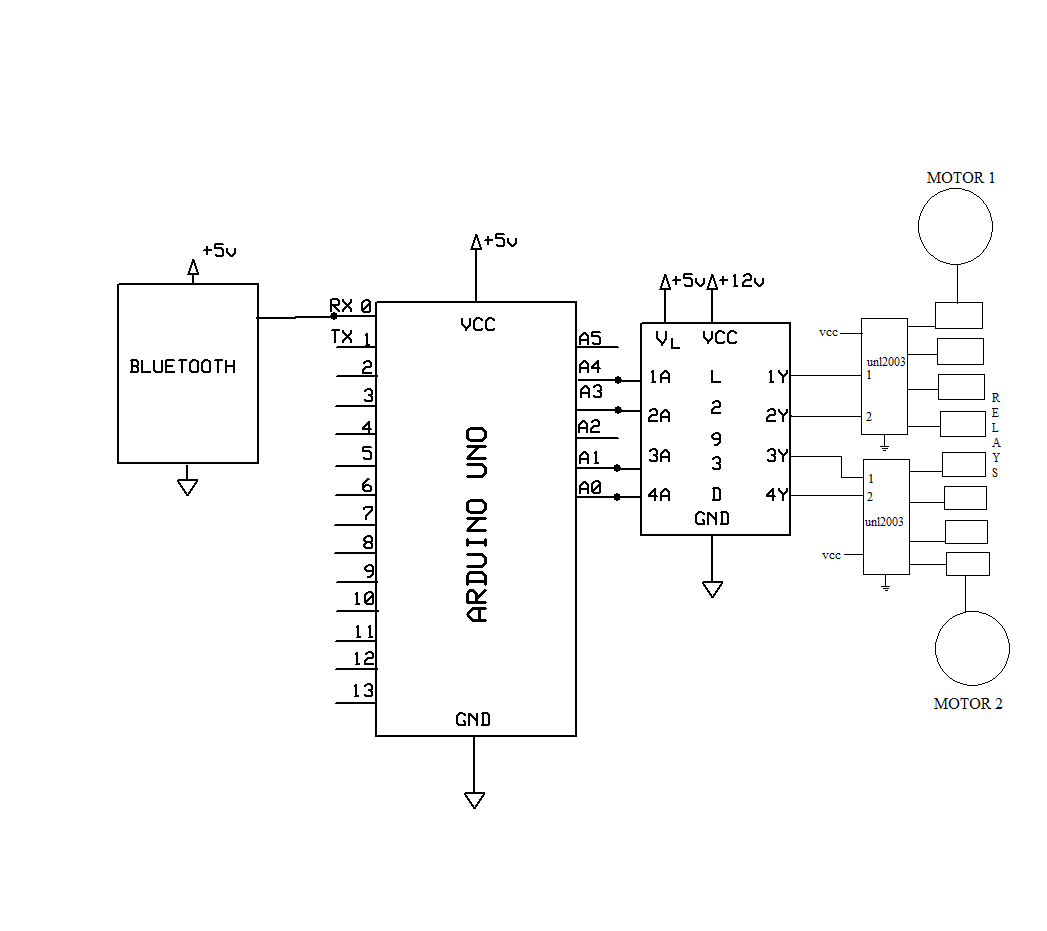This paper proposes an integrated approach to real time detection, tracking and direction recognition of hands, which is intended to be used as a human-robot interaction interface for the intelligent wheelchair. This paper is to demonstrate that accelerometers can be used to effectively translate finger and hand gestures into computer interpreted signals. For gesture recognition the accelerometer data is calibrated and filtered. The accelerometers can measure the magnitude and direction of gravity in addition to movement induced acceleration. In order to calibrate the accelerometers, we rotate the device “sensitive axis with respect to gravity and use the resultant signal as an absolute measurement. Integrating a single chip wireless solution with a MEMS accelerometer would yield an autonomous device small enough to apply to the fingernails, because of their small size and weight. Accelerometers are attached to the fingertips and back of the hand. Arrows on the hand show the location of accelerometers and their sensitive directions, that the sensitive direction of the accelerometer is in the plane of the hand. The gesture based wheelchair is suitable for the elderly and the physically challenged people who are unfortunate to have lost ability in their limbs due to paralysis or by birth or by old age. Elders find it tough to move inside the house for day to day activities without help or external aid. Our proposed system makes use of a wheelchair that can be used by elderly or physically challenged to move inside the home without difficulty and without external aid. The elders may also forget the way to the different rooms in house due to the increase in forgetfulness as they become older. The physically challenged, find difficult to move the wheel chair without help from others. By making use of the system, the elderly and the physically challenged can go to different rooms in the house like kitchen, living room, dining room etc by just showing a gesture which is predefined to that particular room. It is also a virtue of the system that even the foot can be substituted in place of the hand for users who might find that more convenient. The aim of this project is to controlling a wheel chair and electrical devices by using MEMS ACCELEROMETER SENSOR (Micro Electro-Mechanical Systems) technology. MEMS ACCELEROMETER SENSOR is a Micro Electromechanically Sensor which is a highly sensitive sensor and capable of detecting the tilt. This sensor finds the tilt and makes use of the accelerometer to change the direction of the wheel chair depending on tilt. For example if the tilt is to the right side then the wheel chair moves in right direction or if the tilt is to the left side then the wheel chair moves in left direction. Wheel chair movement can be controlled in Forward, Reverse, and Left and Right direction along with obstacle detection using ultrasonic sensor. Automation is the most frequently spelled term in the field of electronics. The hunger for automation brought many revolutions in the existing technologies. One among the technologies, which had greater developments, is the MEMS ACCELEROMETER SENSOR. These had greater importance than any other technologies due its user-friendly nature. MEMS ACCELEROMETER SENSOR based devices can be easily reachable to the common man due to its simpler operation.
Published February 6, 2020







Comments